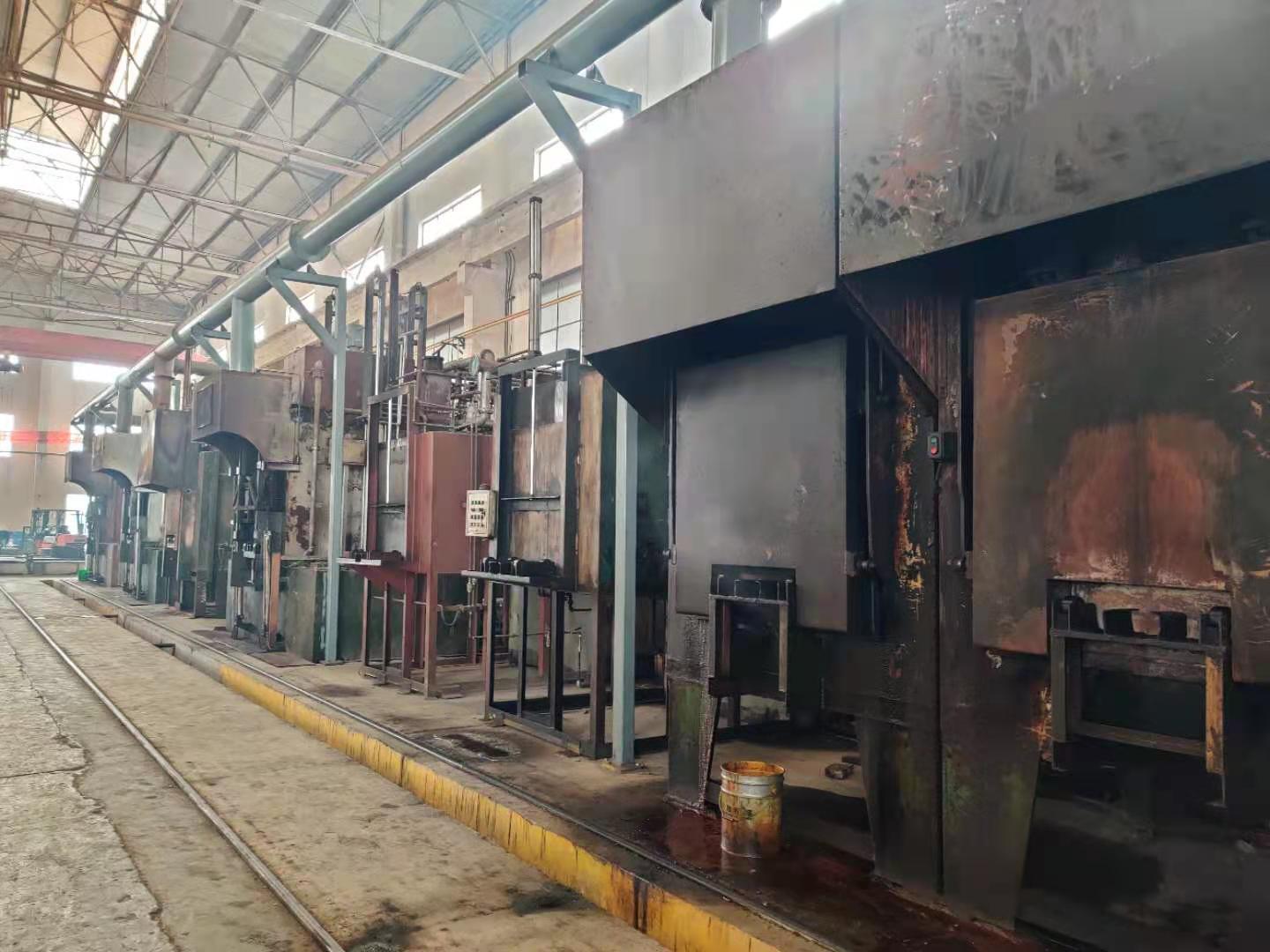1. Carburizing is to place the workpiece made of low-carbon steel or low-carbon alloy steel in a carbon-rich active medium. The commonly used heating temperature is 850~950°C, and keep it warm for several hours, so that the carburizing medium is produced on the surface of the workpiece. Activated carbon atoms penetrate into the surface layer of the workpiece through surface absorption and diffusion, so that the carbon content of the surface layer reaches more than 0.8% heat treatment process. Quenching is required to obtain a certain hardness of the parts, and the hardness after quenching is affected by the carbon content of the steel itself, so the surface of carburized parts has higher hardness and wear resistance after quenching, while the core is the original material Quenched state, with good mechanical properties.
2. Tempering is to heat the quenched workpiece to an appropriate temperature, hold it for a certain period of time, and then cool it slowly or quickly. It is generally used to reduce or eliminate the internal stress in the quenched steel piece. The carburized and quenched parts need to be tempered in time to eliminate the internal stress of the transformation of the structure, so that the steel can maintain good mechanical properties.
Therefore, the parts after carburizing and quenching need to be tempered in time. The carbon concentration of the surface of low carbon steel increases after carburizing, and the hardness after quenching increases significantly.
Post time: Jul-10-2023











